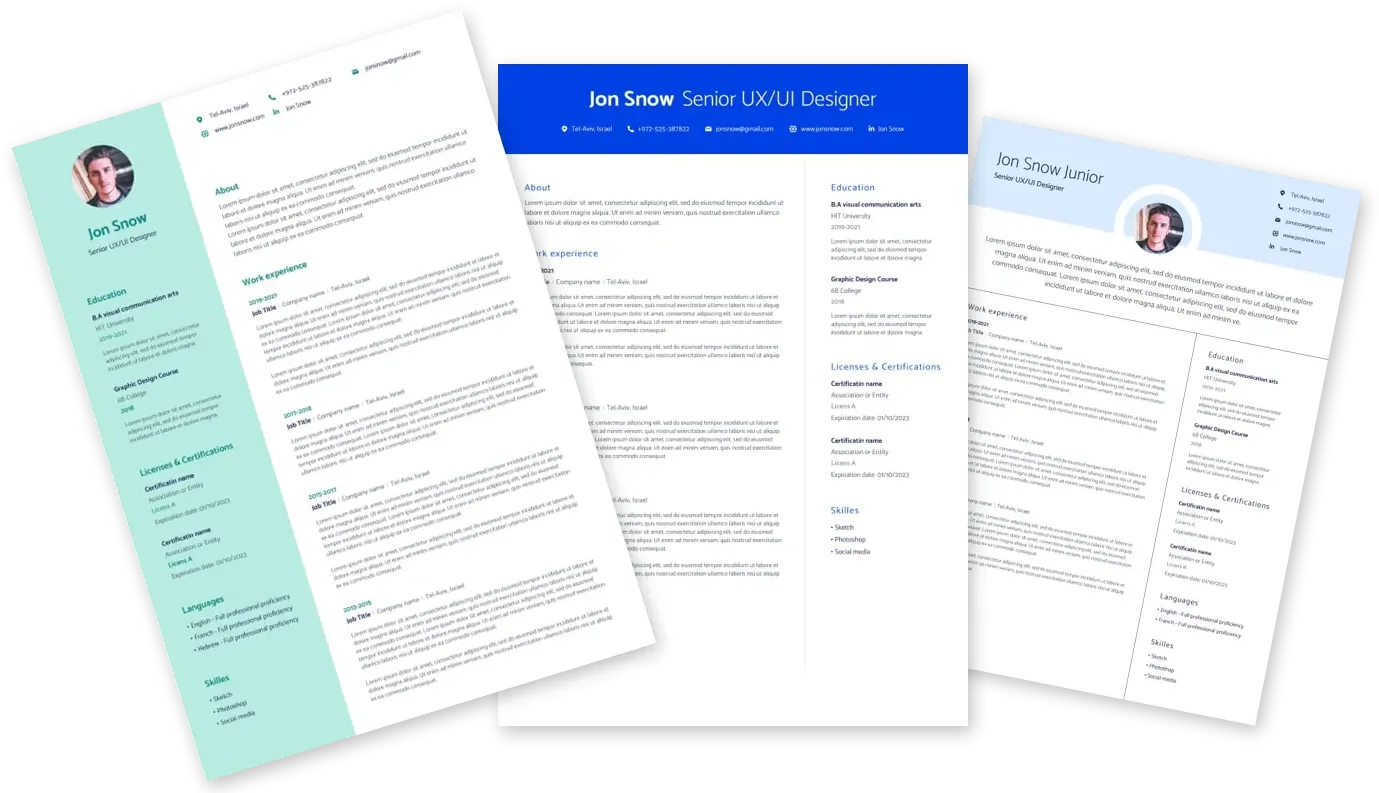
מציאת משרת הייטק בחברות הטובות ביותר מעולם לא הייתה קלה יותר

Tesla Power Electronics Reliability Engineer Energy & Charging Engineering United States, California, Palo Alto 186694517
13.08.2024
What You’ll DoWhat You’ll Bring
- Set and communicate reliability requirements and targets for site, product, subsystem, and components
- Create Fault Trees and reliability block diagrams to assess system reliability and warranty analysis Facilitate Design FMEA sessions to drive reliable design choices and improve validation test programs
- Analyze usage and environmental conditions from the field to improve requirement setting and testing methods
- Apply statistical analysis to test (accelerated life) and field (life) data to inform reliability physics modeling/analyses and associated corrective actions. Work closely with Design and Reliability Data engineers to create/interpret/validate numeric models of fielded and in-test products
- Specify reliability validation plans for components and subsystems using physics of failure. Provide guidance on sample size requirements and durations for reliability testing using lifetime models and reliability statistics
- Drive reliability assessments in product design reviews and clearly communicate risk at each phase of product development and for released products
- Facilitate failure analysis to understand root cause and drive resolution of failures occurring during product development
- Research failure mechanisms to build more robust validation plans and influence design choices
- Influence supplier selection for higher reliability and provide clear guidance on reliability requirements and demonstration to suppliers. Provide reliability design guidelines and apply reliability lessons learned to enable continuous improvement
- Answer complex questions on fleet usage and behavior to enable proactive health monitoring, grow reliability, and minimize field failures
- Solid Power Electronics fundamentals
- Understanding of accelerated testing methods, governing equations, and physics of failure for different failure mechanisms
- Understanding of applied statistics and reliability statistics (Weibull distribution, Maximum Likelihood Estimation, Bayesian methods, Monte Carlo analysis, etc.)
- Working knowledge of failure analysis techniques such as optical microscopy, SEM, CSAM, X-ray, cross-sectioning and EDX
- Knowledge of the ReliaSoft Synthesis Platform, including Weibull++, BlockSim, ALTA, RGA, and xFMEA
- Knowledge of methods to design-in reliability for electronics, including electronic computer-aided design and mechanical computer-aided engineering (CAE) data into 3D finite element models (e.g. using Sherlock)
- Working knowledge of programming languages, preferably Python
- Knowledge of reliability growth techniques, such as Crow-AMSAA and Crow Extended is a plus
- Knowledge of reliability warranty analysis and reliability prediction methods
- Bachelor of Science in Engineering or equivalent experience
משרות נוספות שיכולות לעניין אותך
